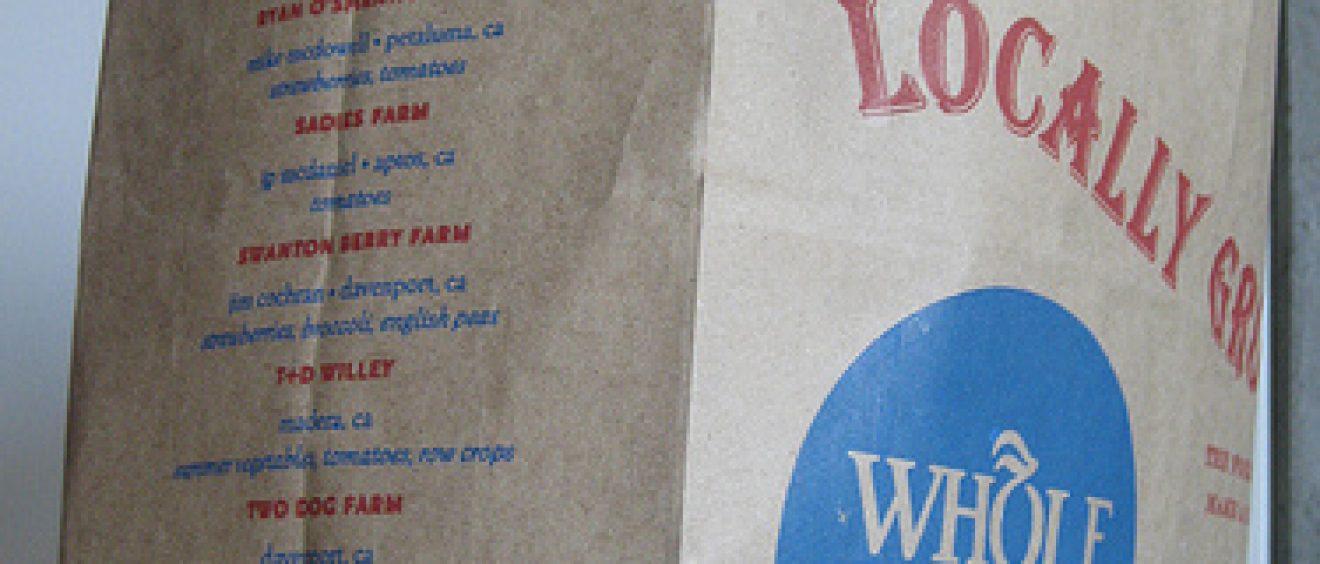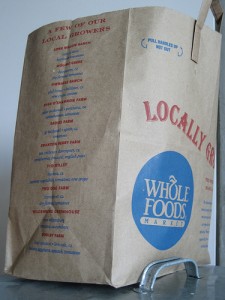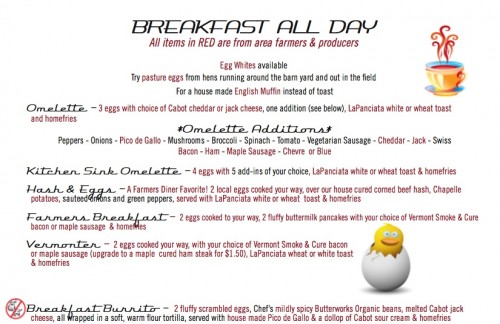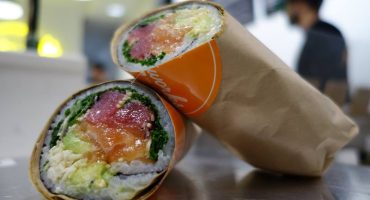
Burns My Bacon: Locawashing

I don’t have to tell any of you that local food is hip. Duh. From coast to coast, and even in between, grocery stores, restaurants and bars are going out of their way to broadcast their locavore credentials. We’re certainly fans of the trend here at ES, although I’m not one of those zealots who has sworn never to eat a banana again. But I do like going to a restaurant and knowing they’re not going to serve me a tomato that’s been shipped across the country. However, the veggie gf recently pointed out the flaws in a phrase we see printed on so many menus nowadays:
Local ingredients are used whenever possible.
On first glance, that sounds great, right? But when you think about it, it doesn’t actually mean anything, because everyone’s definition of “whenever possible” is different. Does it mean 80 percent of your ingredients are local? 90? 50? 20? Does it mean you use all local foods except for in those rare instances when there’s something crucial that’s not available in your region? Or does it mean you use local foods when it’s easy but not when it’s difficult?
I’ve seen this printed on menus where the restaurant seems almost 100-percent local, but wants to acknowledge that there are a few things they have to ship in, but also on menus that feature seafood from all over the world and are just throwing a bone to the locavores by printing this phrase on the menu. I can’t tell you how many press releases I’ve gotten from restaurant touting local credentials. Half the time when I follow up and ask which of their menu items are actually local, the press flack has absolutely no idea.
You’ve heard of greenwashing? (Pretending something is eco-friendly when it’s really not.) Welcome to locawashing.
Now, I’m not saying that every restaurant has to be local. I’m just saying that if you’re gonna make that claim, back it up. You can’t just say “we’re local” and expect us to take you at your word.

Which brings me to the menu above, from Farmers Diner in Vermont, which I think finds the perfect way to address this. Instead of vaguely claiming to be local, they list all the local items on their menu in red, and all other ones in black. So you know exactly what they mean when they say “we’re local.” You know this means they use local eggs and cheese, locally-made bread and sausage, but no, that tortilla’s not from Vermont, and they’re not pretending it is.
(Photo: Guerrilla Futures) (Phase Coinage: Google reveals Hypenotic beat me to it)



excellent, excellent, excellent point. and i applaud Farmers Diner in Vermont for putting forth an example of how to be honest and transparent with customers.
That is such a great and easy way to show what is local! More restaurants should definitely follow their system. This is also tricky when restaurants claim to be organic. In order to be certified organic, you must use 95% organic products, and it is not easy.
I would like to point out that even though they are better than most, they still list their pico de gallo as local but the tomatoes are not. So basically they are making the pico de gallo there but with imported ingredients.